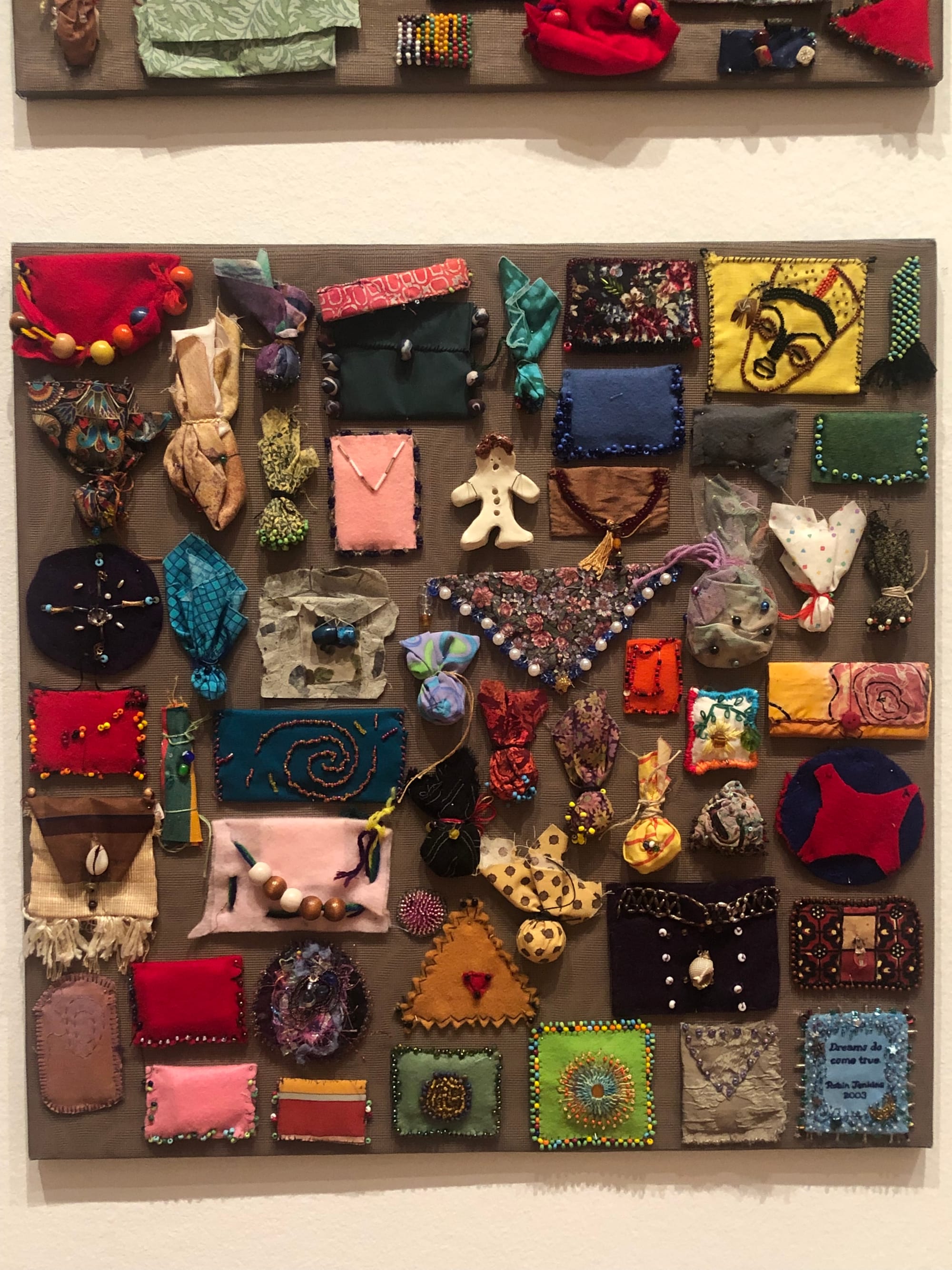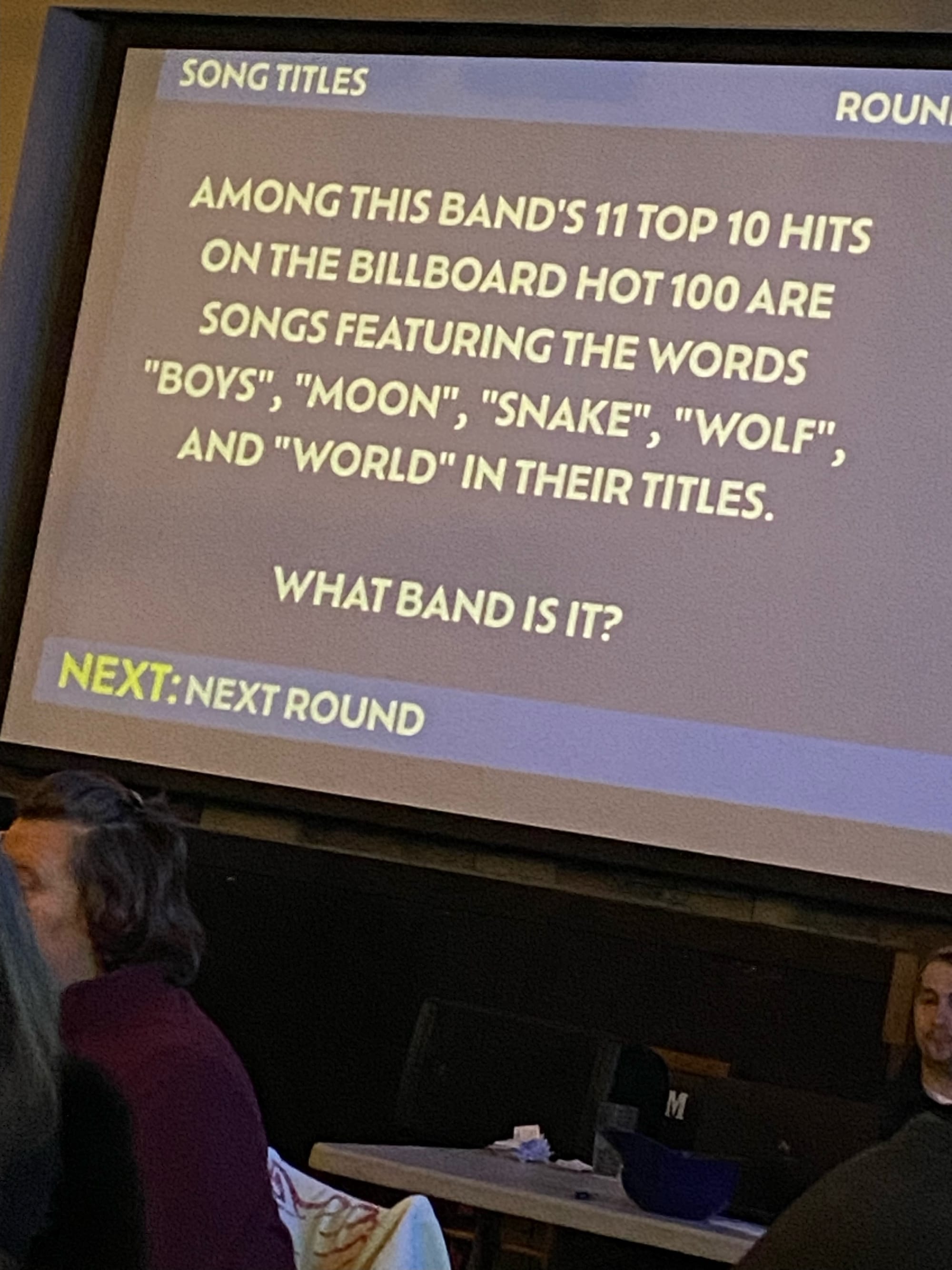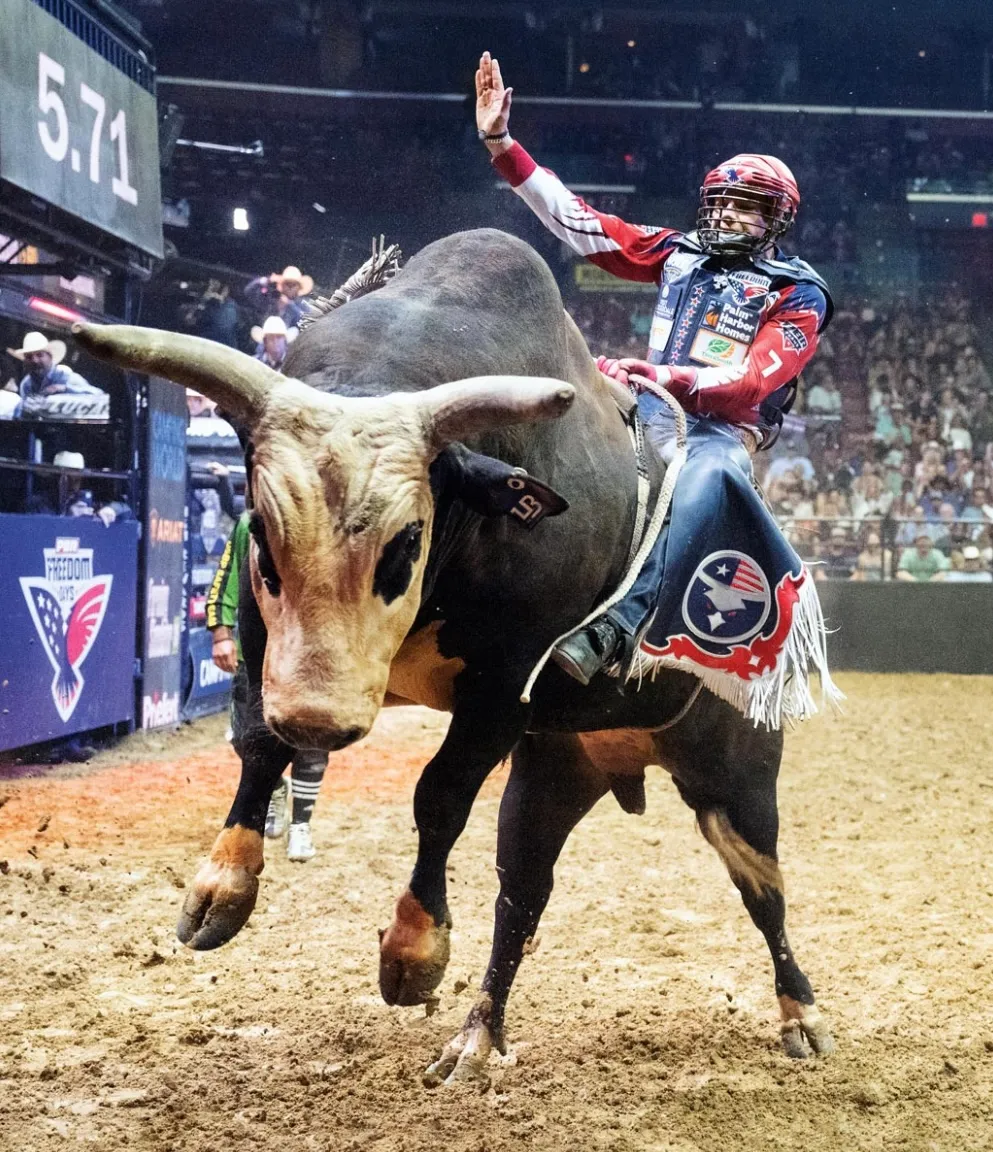The Montague Center (and other tidbits)
"The beautiful thing about human beings is that we do have this ability to find ourselves in one another, when we commit to the crucial work of undoing systemic injustices." -- Sonya Clark

Yesterday in Carderock, Md. the U.S. Navy officially renamed a state-of-the-art conference building the Raye Montague Center for Maritime Technology. Up until recently, this building was known as Building 40. But the Navy’s first female Chief of Naval Operations, Admiral Lisa Franchetti, became fascinated by Raye Montague’s story and wanted to honor her. In yesterday's ceremony, speakers lauded Raye's creation of the first computer-aided naval ship design as one of the Navy's greatest technical achievements.
"Carderock is where the fleet begins and Raye Montague is where ship design begins," said Captain Matthew L. Tardy, commanding officer at Naval Surface Warfare Command Center, Carderock. "And it's an honor for us to have the building named after her."
Early in her career, Raye worked across the street from the building that now bears her name. That building, the David Taylor Model Basin, has a 5/8ths of a mile long water tank where ship designers test how their models fare against conditions like high winds or turbulent waves. When Raye's son David was young, he used to go into work with his mother and run the length of that tank to burn off steam. Yesterday, he remembered growing up as a self-described "NAVSEA child" who learned to program computers at the facility as he watched his mother take an idea and turn it into something real.
"I'm just blown away by this moment," he said. "To see this building dedicated in her honor is overwhelming...and a fitting tribute to her."
As a Black female in the Navy, Raye faced her share of obstacles. In Overnight Code, David and I wrote about how Raye learned that men earned more than she did because they owned cars and could work the night shift. Raye didn't drive, or own a car, but she was so determined to make more money that she bought a 1949 Pontiac for $375 and volunteered to work the midnight shift for a month. At ten o'clock every night, she'd carefully inch her way to Carderock. And then at nine-thirty the next morning, she'd creep home. When her boss found out about this, he admired her nerve and promoted her.
"Those who embraced her made an impression on her," David said of his mother's time in Carderock, adding that as she advanced in her career she chose to mentor and open doors for others too. His mother achieved her goals and dreams and "lived her purpose until she couldn't do it anymore."

As for me, I continue to be grateful that I've worked on this project, and that Raye keeps getting her due. As I said in the book, it has been a great honor to tell this story about a woman who simply would not take no for an answer. I've never taken the privilege of doing this lightly. She continues to inspire people, myself included, and I am so thankful to have been offered a window into her world...and for David's friendship.

Sonya Clark: Artist as Storyteller
I didn't know anything about the artist Sonya Clark until fairly recently, when I saw her "We Are Each Other" exhibition, which is now in its final days at the High Museum of Art. A Black multidisciplinary artist and a professor of art at Amherst College, Clark's work centers the African diaspora in the United States and at the same time creates connections across racial, gender and socioeconomic divides. What she wants is for us to look at our individual responsibility to the collective and play an active part in forging a better future together. You see it in her Beaded Prayers Project, which invites people to place meaningful objects like prayers or amulets inside a packet they create. At least 5,000 people have contributed to the project so far, and it is truly a vibrant, powerful mosaic that has grown since it first went on display at the High. Clark also looks at how symbols like the Confederate Battle Flag challenge that united ideal. In her "Unraveling and Unraveled" series, she looks at what it means to unravel this symbol of white supremacy thread by thread. What you see is that even when that flag is unraveled, the image remains, and it is a metaphor for the systemic racism that, for example, challenged Raye Montague's ability to achieve, and persists to this day.
In mining this history, Clark says "the beautiful thing about human beings is that we do have this ability to find ourselves in one another, when we commit to the crucial work of undoing systemic injustices."
I'm just scratching the surface here, so if you get the chance to see Clark's work, don't miss it. It's beautiful, thought-provoking, and incredibly moving. She's at the High until February 18, the National Museum of Women in the Arts (D.C.) until February 25, and at the Cameron Museum of Art (Wilmington, Del.) until March 31.
For more information, visit sonyaclark.com.
Valentine's Day was this past week, so here's an article about the Love Bank. Located in Slovakia, it is home to the world's largest love poem (291 stanzas!!!) and a vault full of love messages and keepsakes left by 7,000 people so far. This year, the bank was closed for renovations (sad) due to a fire that almost laid waste to it. Fortunately the vaults and the poem remained unscathed.
Here is the poem's most famous stanza:
I may abstain from your lips,
I may not be given your hand,
I may run far away in sorrow,
I may become unkind,
My lips may be dying of thirst,
I may be grieving in solitude,
I may entrap life in deserts,
I may not live in my life,
I may even obliterate myself: —
but I am incapable of not loving you! —
Note: the author of this poem penned it for a young lady who married a wealthy gingerbread maker before he could finish his opus. As for the museum, if all goes well, it will be open again for Valentine's Day 2027.
What I'm excited about: Usher tickets on August 14.
What I missed at trivia this week (courtesy of Michelle Havich):

If I had been there, Michelle and I would have screamed like teens. So tell me, fair reader, what band is it? And what's your favorite song or songs by them?
What I'm writing: This story about LOVEBIRDS.

In this month's issue of Aventura Magazine, I wrote about three super-cute Miami-area couples who pour their hearts into each other and their various endeavors. The cover couple, Lindsay Silberman and Matthew Stevens, met when they were Syracuse University students and now run Hotel Lobby Candle together. Then there's Heidi and (former Miami Heat power forward) Shane Battier, who met in middle school and now provide college scholarships, mentorships, and other training to underprivileged youth via their Battier Take Charge Foundation. Finally, there's Laura Kozelouzek and Kathy Andersen who almost didn't meet at all (Laura was having second thoughts about attending a function where Kathy was receiving an award), but whew boy, when they did, it was fate. Anyway, come for the love stories, stay for the photo of a very cute little pup named Tinkerbell.
Thank you for allowing me to visit your inbox each Friday with these tidbits. If you you know someone who might like this newsletter, please share it with them and encourage them to subscribe for free. Each week(ish), I'll be sharing an eclectic range of stories and so forth. Sometimes I'll throw in a little bit of writing advice, and answer whatever questions you may have. It's a work in progress, rooted in my passion for writing about history, people from all walks of life, and the various things that pique my curiosity.
Who knows? I may even treat you to a picture of my dog.
Paige Bowers Newsletter
Join the newsletter to receive the latest updates in your inbox.




